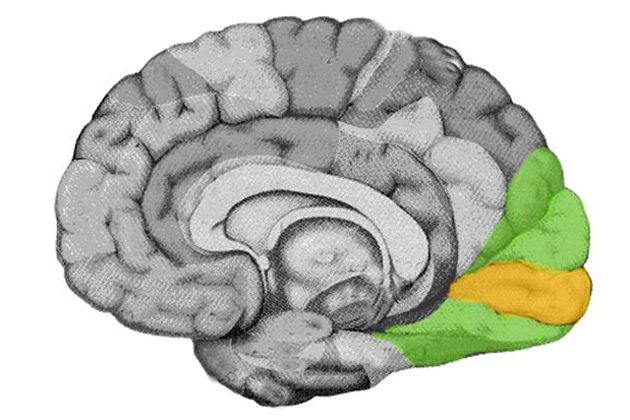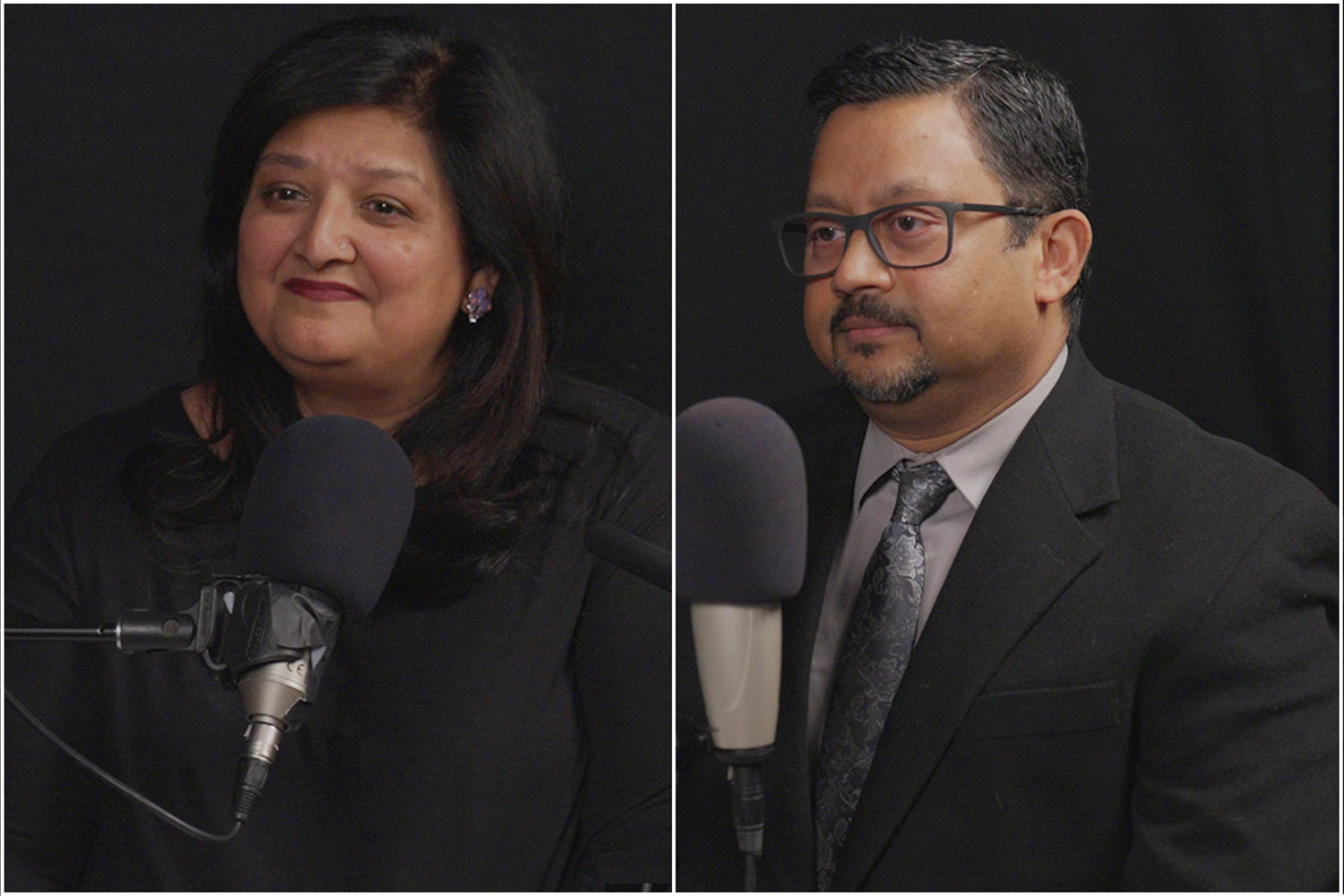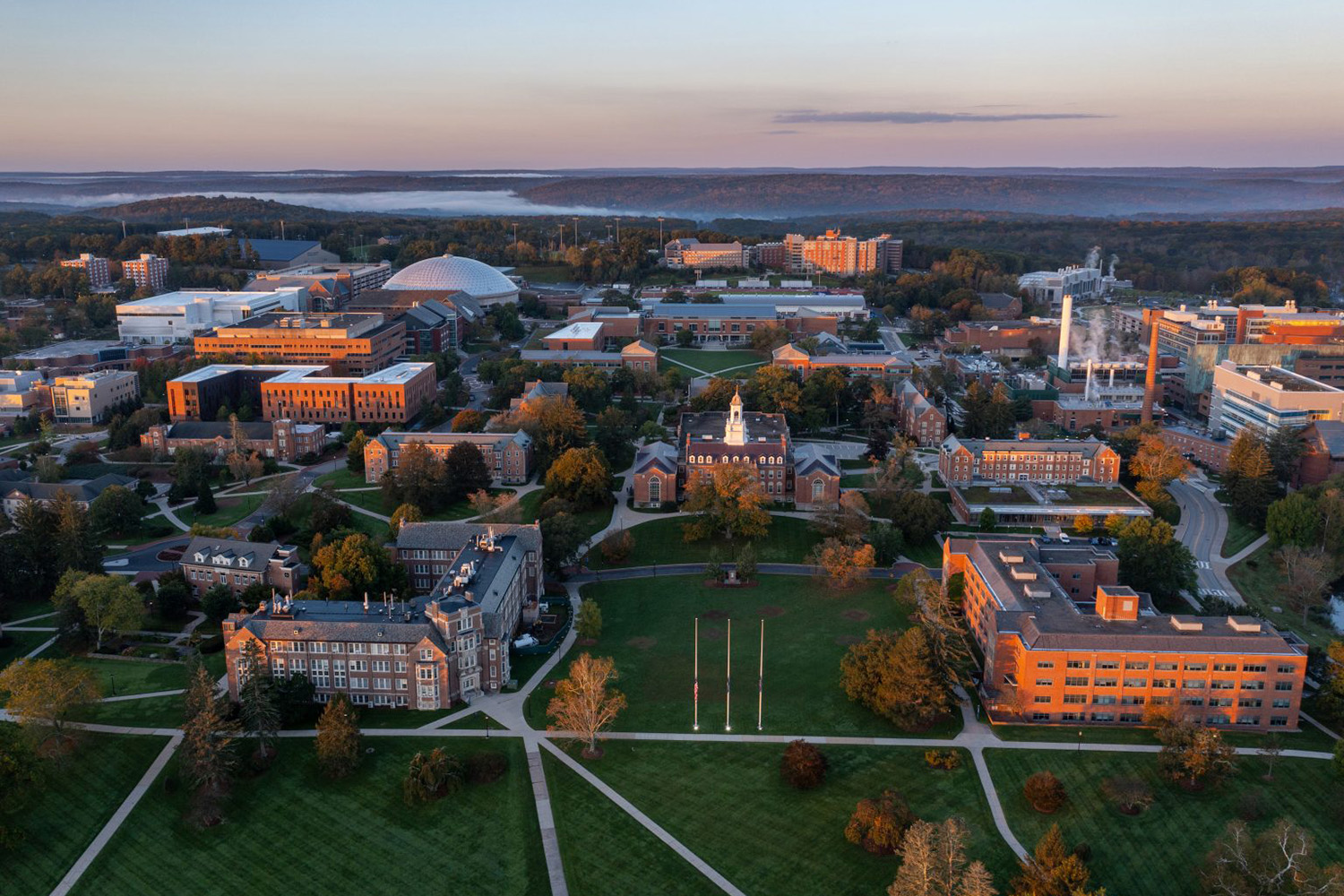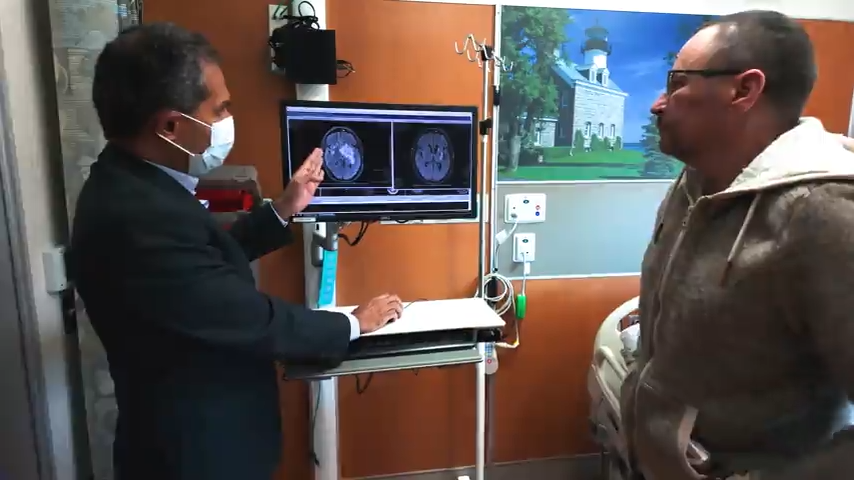You’ve been driving on a familiar stretch of highway for a long time, and suddenly you jerk into heightened alertness with the horrifying certainty that, for a brief moment, you had been falling asleep.
The transition from alert to drowsy can be a safety concern: drowsy driving kills more than 1,000 people each year, and injures tens of thousands more in the U.S. Transitions between alert and drowsy brain states are the subject of research by Harvey A. Swadlow, a professor of psychology in the College of Liberal Arts and Sciences who specializes in behavioral neuroscience.

In a paper published in November in The Journal of Neuroscience, Swadlow’s research team examined how information is processed in the visual cortex of the brain when drowsiness occurs. They found a higher rate of activity than expected in some neurons of the cortex during drowsiness.
The study followed up on earlier work published in the journals Nature, Neuroscience, and Neuron, showing that it takes less than one second for an animal to go from an alert to a non-alert state; and that neurons in the brain’s visual thalamus, which receive information directly from the eyes, change dramatically in how they process visual information when that happens.
When the eye sees something, it sends a signal to the thalamus and then to the visual cortex, Swadlow explains. When an animal is drowsy, unlike when it is asleep, it still processes sensory information, but differently than it would in the alert state.
A student who is falling asleep in class, for example, will open his eyes wide and sit up when he hears the words, “the test will be about ….”
“Clearly they’re processing information in the drowsy state,” says Swadlow, “they’re just processing it differently.”
In a new paper Swadlow’s research group describes what happens in the visual cortex of the brain in drowsiness, focusing on the transition state from alertness to drowsiness, five seconds before and after. Some of the cell activity surprised the researchers.
The cortex was found, in some ways, to be mirroring the changes in the thalamus, and in other ways, to be compensating for it. The thalamus acts like a filter for the cortex, the researchers found.
What surprised them was that in the drowsy state, a special class of neurons in the cortex, those that generate inhibition, responded with higher rates of activity than expected, given the slower signals that the thalamus was providing.
Swadlow says that what they found could be described this way: “If you get most of your money from your uncle Bob, and he goes broke, we would expect you to have less money. But it turns out, you have more.”
Why these cells show higher rates of activity in drowsiness is not yet known, nor is it known why some cells in the cortex show this and others do not. It may be that the cortex is remaining ready to process information from the thalamus if a stimulus occurs, the authors wrote.

Swadlow’s research, funded by the National Eye Institute of the National Institutes of Health, focuses on rabbits, which don’t need to turn their heads to see, since their eyes are located on either side of their head. His group has been gathering data for many years on the transition from alert to drowsy in rabbits, and how it affects their visual perception. During the transition to drowsiness, the rabbits’ eyes remain open.
Many mammals spend much of their day in a drowsy state, Swadlow notes. They perceive enough of what is going on around them to arouse themselves if danger threatens.
“Indeed, many mammals (including humans) are frequently nonalert in familiar environments, but they still must respond appropriately to unexpected changes in their surroundings,” the authors wrote. How much nonalert animals perceive and the transition between states will continue to be studied by Swadlow’s group.
“Learning how our perceptual mechanisms change with changes in the brain state is our ultimate goal,” Swadlow says.
Other authors on the paper are Yulia Bereshpolova, a postdoctoral research associate; Carl R. Stoelzel, also a postdoc; Jun Zhuang, a Ph.D. candidate in psychology; and two colleagues of Swadlow’s, Yael Amitai from Ben-Gurion University and Jose-Manuel Alonso from SUNY.



